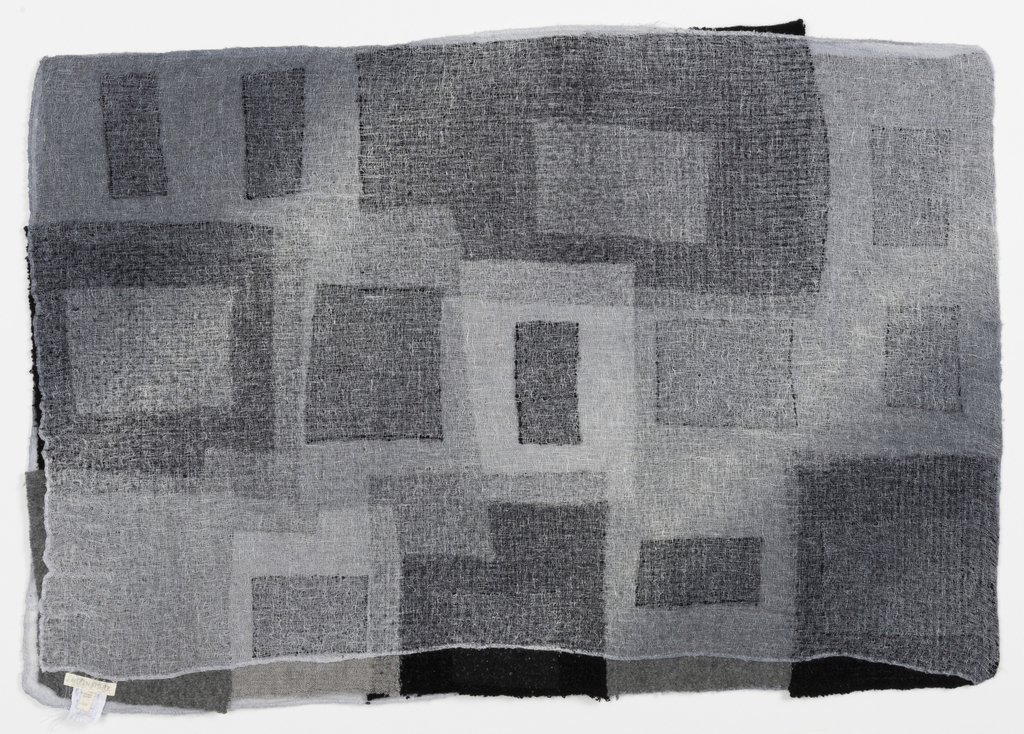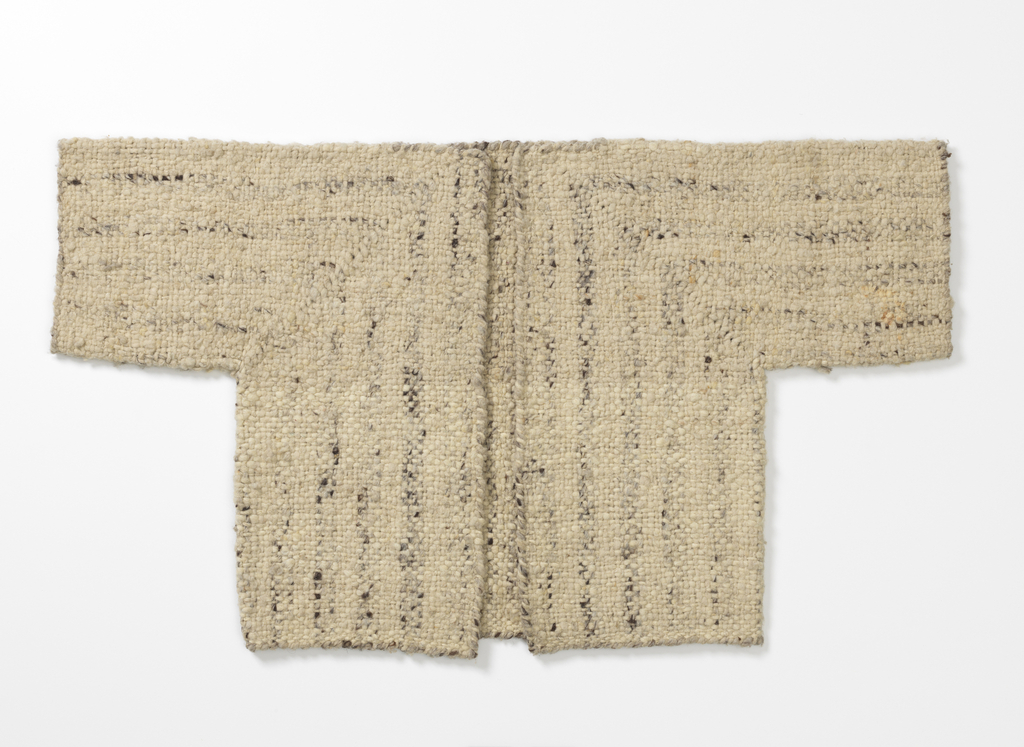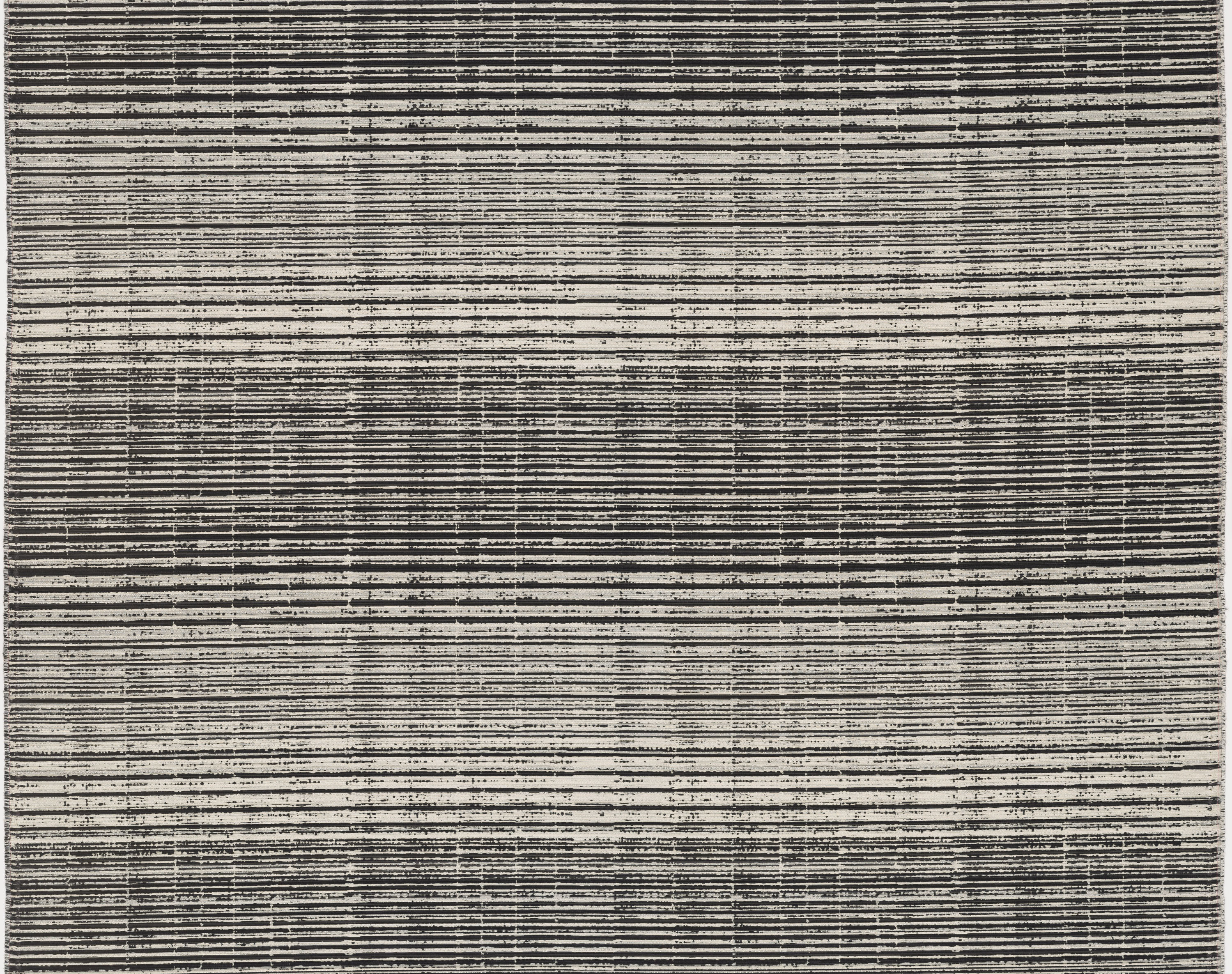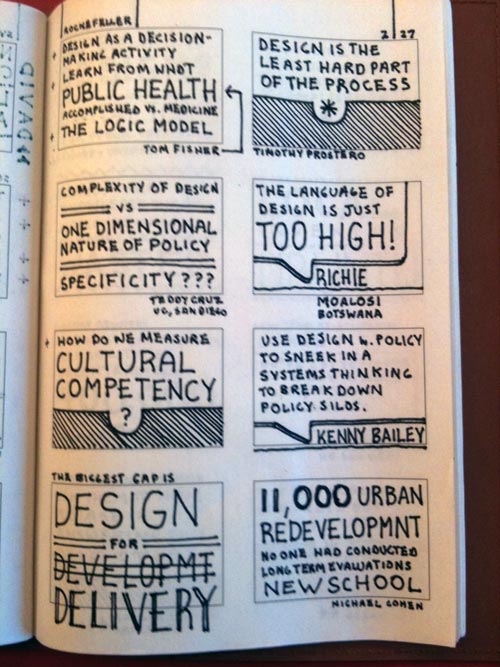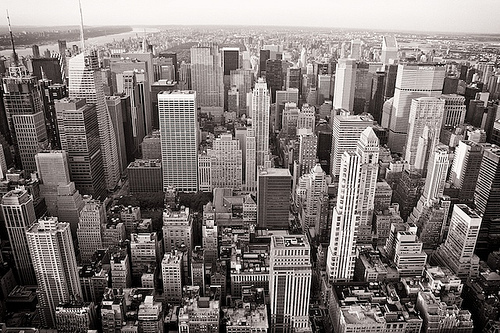In 2015, Eileen Fisher announced an ambitious corporate goal: to be fully sustainable by 2020. Vision 2020, as the initiative is called, includes moving toward 100% organic fibers and non-polluting dyes, on-shoring more production, rigorous supply-chain and social responsibility monitoring, and a take-back policy for used Eileen Fisher clothing. So far, nearly half a million...
Author: Mae Colburn September is New York Textile Month! In celebration, members of the Textile Society of America will author Object of the Day for the month. A non-profit professional organization of scholars, educators, and artists in the field of textiles, TSA provides an international forum for the exchange and dissemination of information about textiles...
One of the greatest challenges in designing commercial textiles has been creating durable, cleanable, affordable, and aesthetically pleasing fabrics for highly trafficked and 24/7 environments like healthcare facilities, theaters and airports. In addition, there is more demand for textiles with sustainable manufacturing practices, and companies like Designtex are taking on this responsibility and producing some...
Suzanne Tick is one of the most important American textile designers of her generation. She has always chosen to explore new technologies and fibers in her work while continuing to manipulate existing weaving techniques in innovative ways to produce highly engineered interior textiles. Her creative work in industrial fabrics is balanced by her handwoven and...
Founded by Robert Goldman in 1950, Carnegie Fabrics is a family-owned business with a commitment to quality and innovation which makes the research and development of sustainable textiles a priority. Xorel fabric, which is paper backed for use as a wallcovering, was introduced by Carnegie Fabrics in 1981 and was the first textile to address...
One participant, frog’s Robert Fabricant, captured the day’s conversation with a series of sketches. The one-day Social Impact Design Summit, held on February 27, 2012, brought together individuals who engage in socially responsible design every day: public-interest architects, industrial designers, planners, civil-society designers, landscape architects, engineers, and inventors from Australia, Europe, Asia, Africa, and the...
Cities all over the world are rapidly expanding and facing issues such as climate change, rapid urban migration and overburdened public services. This panel discussion focuses on initiatives that seek to include those who have been marginalized by established cities, especially the poor, women, youth and entire communities. Panelists include representatives from: – Kounkey Design...
Fernando and Humberto Campana take a low-tech, artisanal approach to design, employing sustainable, readily available, and often recycled materials to craft high design. Together, the two brothers have designed idiosyncratic, evocative, and sometimes humorous works for Edra and H. Stern, among others. Held in conjunction with the opening of Campana Brothers Select: Works from the...
You may be surprised to learn that New York City is one of the most energy-efficient places in the United States, consuming a quarter of the national average in energy consumption and emitting a quarter of the national average of carbon dioxide, according to Columbia University’s Earth Institute. Also surprising is that large cities such...
